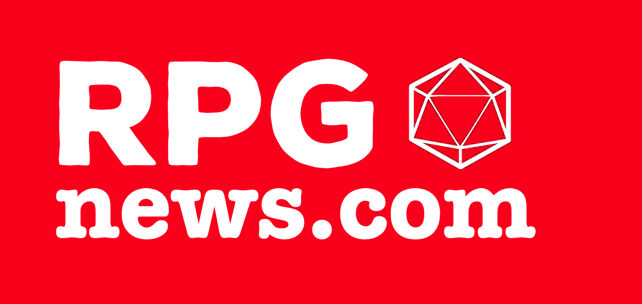Party cohesion is a delicate – but important – part of any D&D campaign. Here are five things to keep in mind.
Making a cohesive party can be a tricky thing. If you design each character in a vacuum, you’re leaving it to the whims of 3-6 strangers to roll up a bunch of weirdos who get along – or, if not get along, at least have interesting dynamic tensions between them.
Otherwise you may well end up with a random mishmash of someone who wanted to be really good at damage, someone who wanted to be a gritty, dark fantasy anti-hero, and someone who just wanted to play a “normal game of D&D for once.”
That’s why you often see group character creation in a Session 0 or the run up to the beginning of a campaign. It’s easier to have a cohesive party if the characters all mesh. So when you’re thinking about that, here’s five things to keep in mind.
How Do You Know Each Other?
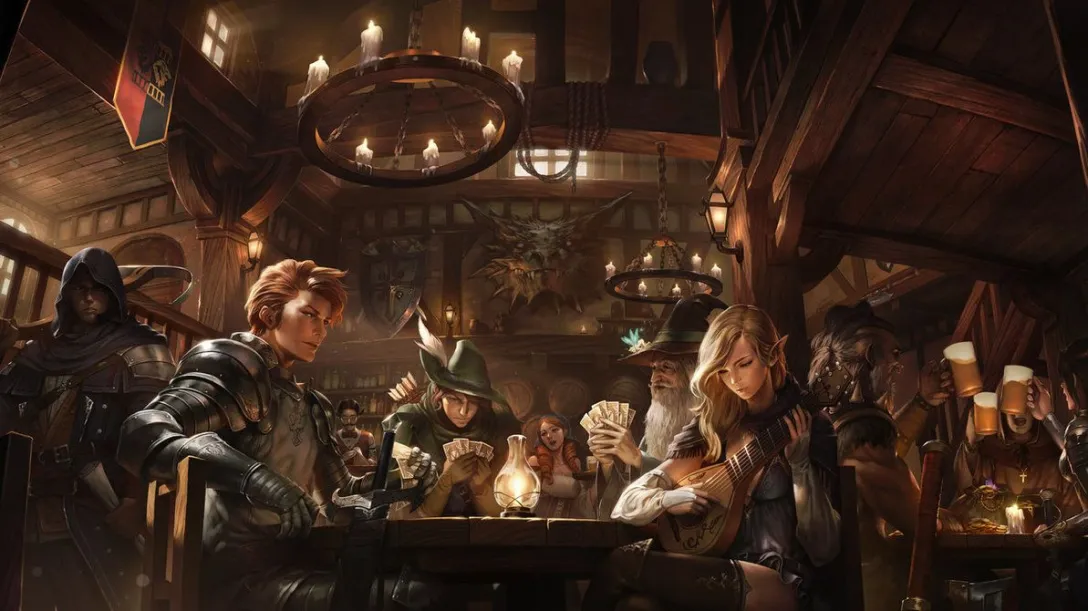
Probably one of the most important questions any party can answer. How do its constituent parts connect? Are the halfling thief and tiefling bard friends? Lovers? Romantic rivals? How did it happen that a barbarian from the northlands ended up fighting alongside a sorcerer steeped in psionic magic?
It is perfectly acceptable to answer “we don’t know each other” though if that’s the case, you’ll probably all be meeting soon. But even if you don’t know, it’s a good idea to think about any connection you might have to at least one other character, that way you have a roleplay dynamic to start working with from session 1.
What Does Every Character Bring To The Table?
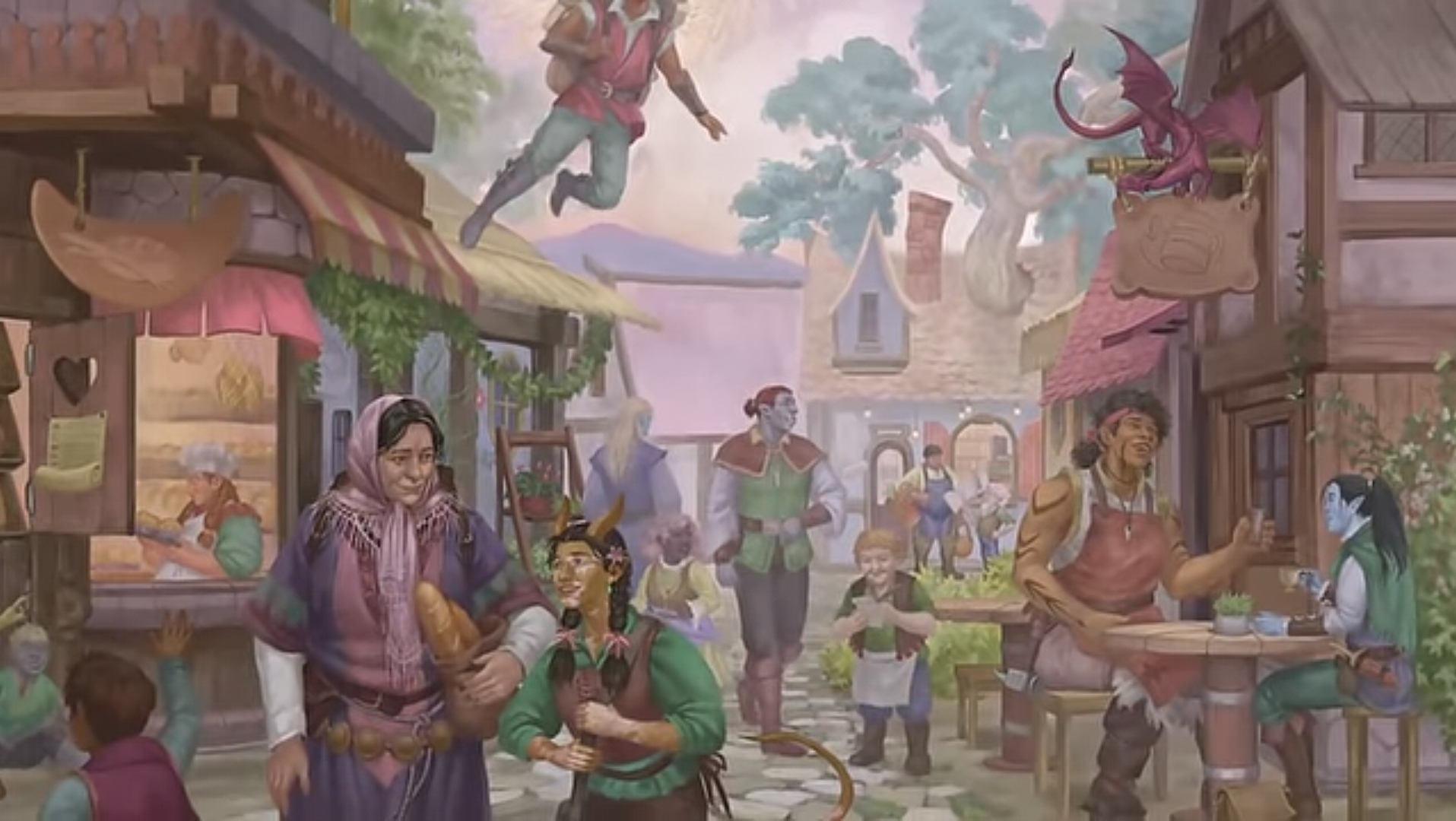
On to the mechanical side of things – it is just as important to know what the other characters in your group do. Sure, you may have found the perfect “internet power build” that (eventually) will let you do hundreds of points of damage every round. But that doesn’t exist in a vacuum.
Similarly, even just knowing that you already have four spellcasters and nobody with a Constitution above a 12 can be helpful in figuring out what additions to make to the party. Think about what kinds of things the characters in your party can do. How might that all fit together? Which leads us to the next question…
How Can You Work Well Together?
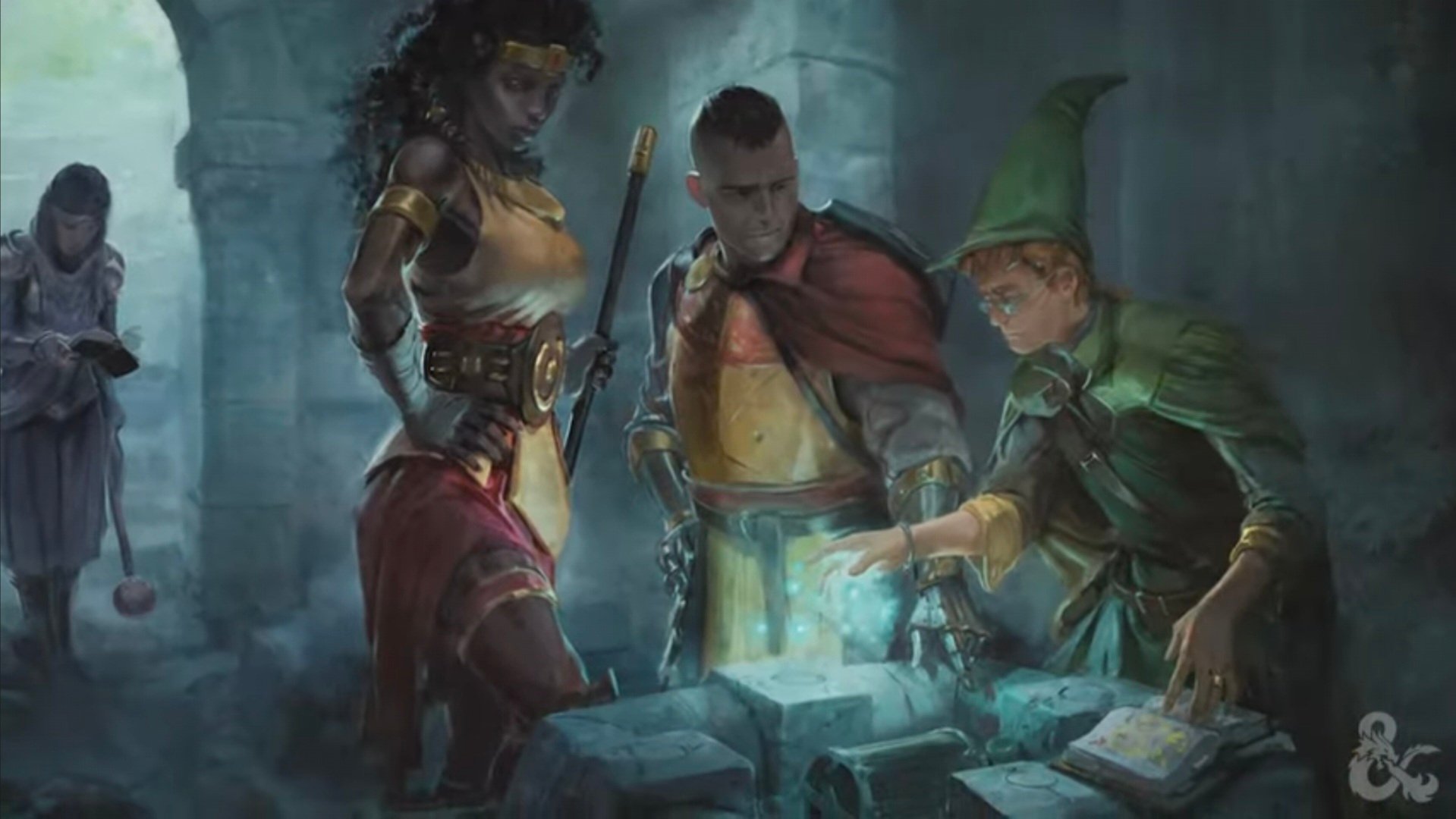
Just as important as knowing what each character can do, is knowing how to use the disparate parts together. Teamwork makes the dreamwork in D&D. A hasted Rogue or a Fighter buffed to oblivion and back can put the hurt down.
Similarly, a magic-user protected by a beefy Barbarian defending them can rain magic on the enemies consequence free. It’s a question of tactics. Knowing how the different abilities you have can combine is a key way to punching well above your weight.
If you know your magic user loves to lay down a wall of fire, for instance, you might make a character good at pushing people into it and then attacking them. That’s just one basic combo, there are literal dozens.
Why Are You Adventuring With Each Other?
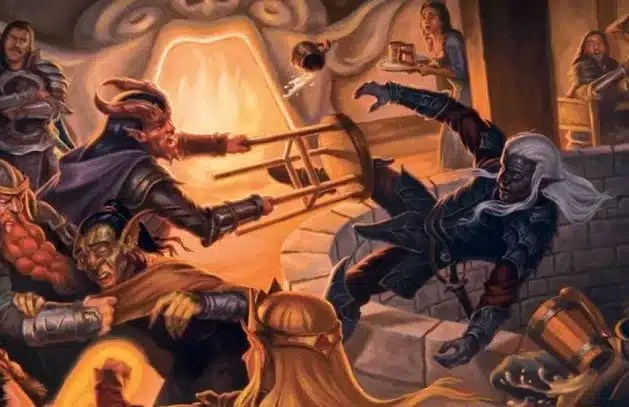
Every character needs a reason to adventure. And every character just as importantly needs a reason to keep adventuring with the bunch of weirdos they’re running with. This is the kind of question that can range in answers from something simple like “I like them” to “our backgrounds are deeply interconnected.”
But you have to know the answer – otherwise you will only win half the battle..
What Are Your Common Goals?
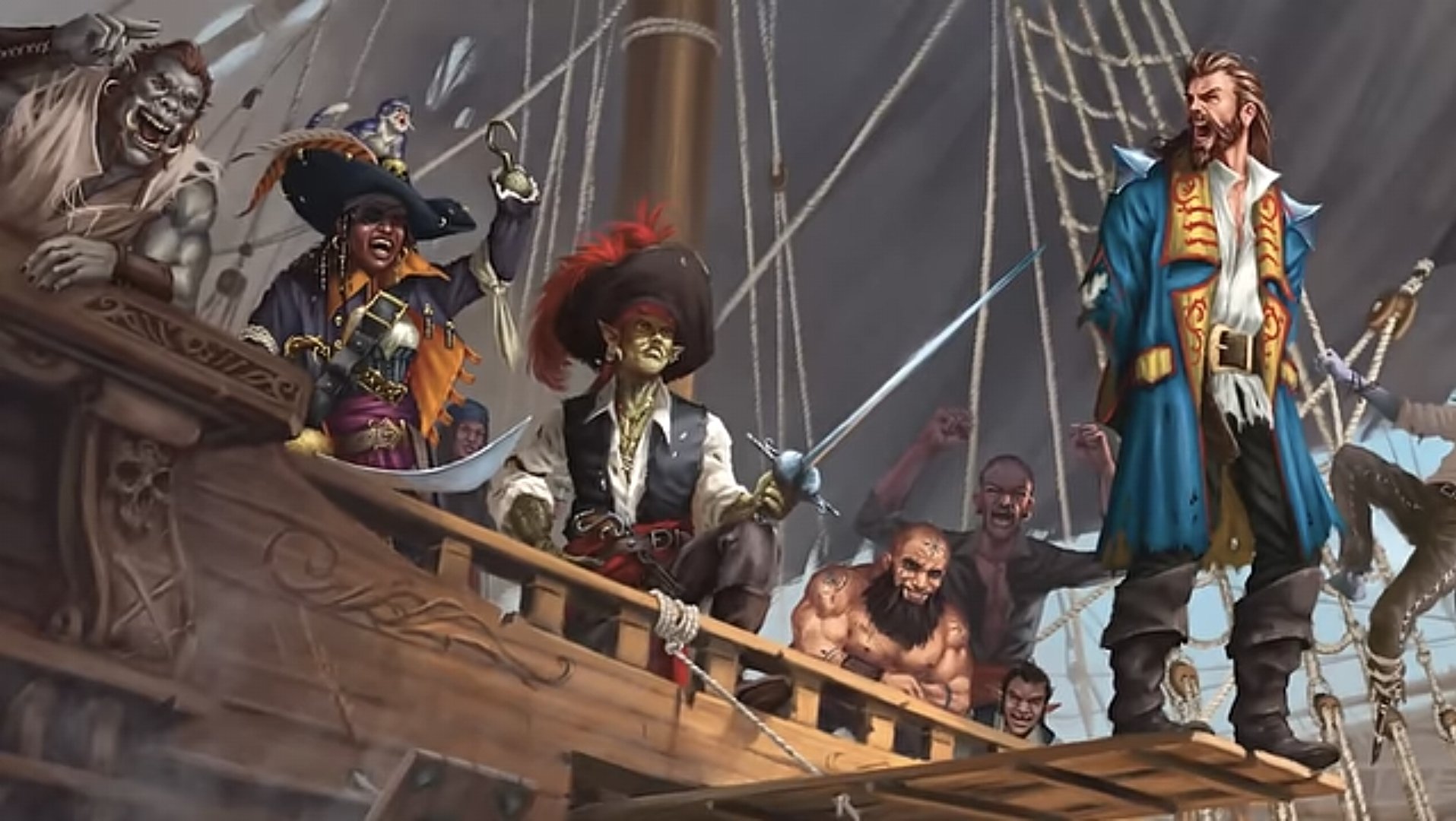
Finally, what are things that the whole group wants to accomplish? The reason can be different – the assassin Rogue needs to kill the wicked baron for an illicit contract with a shadowy brotherhood; while the noble Paladin wants to kill the wicked baron to avenge the death of an innocent she sword to protect, for instance.
While the motivation is different, it feels like both of these characters can help each other out. And my, isn’t there some dynamic tension to be played with there.
What do you think about when making a party?
Don’t Miss:
Read more at this site
